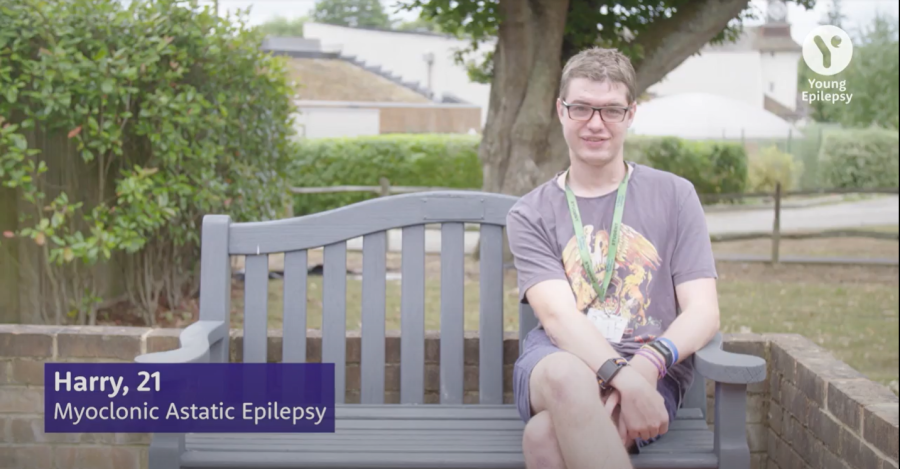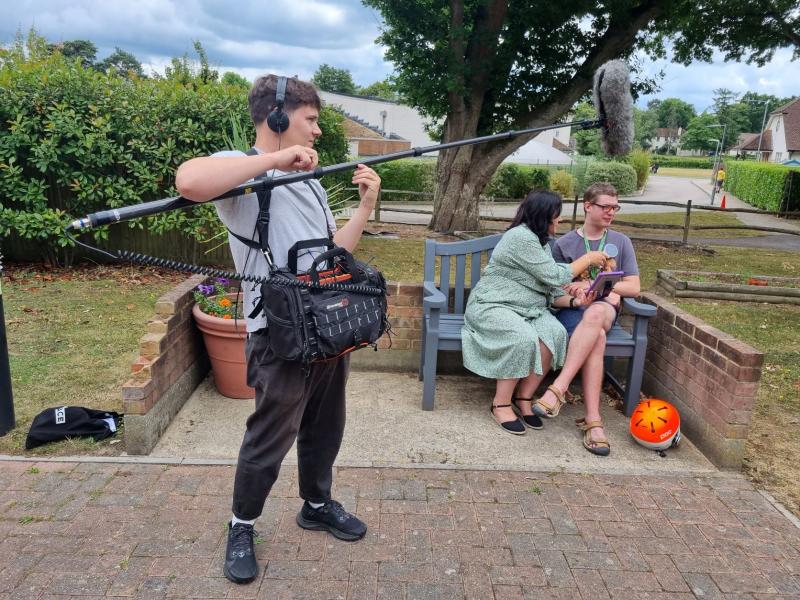What is Myoclonic Astatic Syndrome?
We’re delving into rare epilepsies on The Channel and here we explore Myoclonic Astatic Epilepsy (MAE), also known as 'Myoclonic Atonic' or 'Doose syndrome'. MAE is a rare condition that starts in early childhood, and only affects 1 to 2% of children who have epilepsy. The first seizure usually begins between 2 and 6 years of age, and it’s twice as common in boys than girls.
Some children with MAE may experience other effects besides seizures including:
- Ataxia (trouble with coordination)
- Dysarthria (unclear speech)
- Features of autism (difficulty expressing themselves and interacting with others)
- Learning disabilities
The long-term outcome for children with MAE depends on their symptoms, and how well these are taken care of. The good news is that, with early diagnosis and effective treatment, most children can avoid complications and learning disabilities.
Any childhood diagnosis can feel scary, but newer treatment approaches have significantly improved the lives of children with MAE.
How does MAE differ from other types of epilepsy?
Unlike other types of epilepsy, children with MAE have myoclonic astatic seizures. This type of seizure is not commonly seen in other types of epilepsy. It begins as a myoclonic seizure – with jerking or twitching in the arms and legs, then an atonic (drop attack) happens.
People with MAE may also experience generalised tonic-clonic seizures or absence seizures.
There are no known risk factors that are linked with MAE, but fevers and tiredness, like so many of us with epilepsy, can trigger episodes. Some children may even have photosensitive seizures as well.
What causes Myoclonic Astatic epilepsy?
As with many conditions involving the brain, the cause of myoclonic-astatic epilepsy is not known yet. It’s probably caused by a genetic abnormality, and in about a third of cases, another family member will also have epilepsy, although not always of the same type.

How can it be diagnosed?
At the moment, there isn’t a standard test available to diagnose MAE. However, certain features – such as the seizure pattern, normal childhood development, a family history of epilepsy, and diagnostic test results – can help to identify the condition. A doctor may perform the following tests:
- Electroencephalography (EEG): An EEG can measure the electrical activity of the brain
- Blood tests, urine tests and a lumbar puncture: These test results can help your doctor exclude other causes of epilepsy
- Magnetic resonance imaging (MRI): An MRI scan can provide detailed images of the body’s organs and the brain
What are the effects of MAE?
MAE can affect a person’s health in various ways. Some seizures can result in physical injuries and over time, a child may develop some physical and learning disabilities, if their seizures are not well-controlled.
Parents and families can also find it difficult to manage this condition. If you’re caring for someone with MAE, then it’s important to get all the support you need, both for you and the person you’re caring for. When faced with caring for someone with a rare condition, it can sometimes feel like you’re facing challenges alone, but remember you aren’t alone and you can always talk to us here, or find other parents in similar situation on The Hub.
Does it affect life expectancy?
With early treatment, life expectancy is not usually reduced by MAE. In some children, seizures can improve as they become teenagers. So, treatment for epilepsy might not be needed anymore.
Are there treatments available and is there a cure?
Although there’s no cure for MAE, early diagnosis and treatment in childhood can make a real difference. The condition may be difficult to treat. Some standard anti-seizure medications that are used to control other types of seizures don’t always work in treating MAE. In fact, some may worsen the seizures.
Recent studies show that a ketogenic diet can be an effective treatment for MAE. This is a high-fat, but very low-carbohydrate diet. It only works if the child and parents stick to strict rules, so it requires the help of a professional dietician, and communication with your clinician.
If you’re caring for someone with MAE, your medical team and other professionals will help you to find the best treatment, social, management and educational plan to achieve a good quality of life. Remember that you aren’t alone and caring for someone with a rare condition can sometimes feel overwhelming. Reach out for support from others that may know what you’re going through, and connect with our parents in similar situations here.

